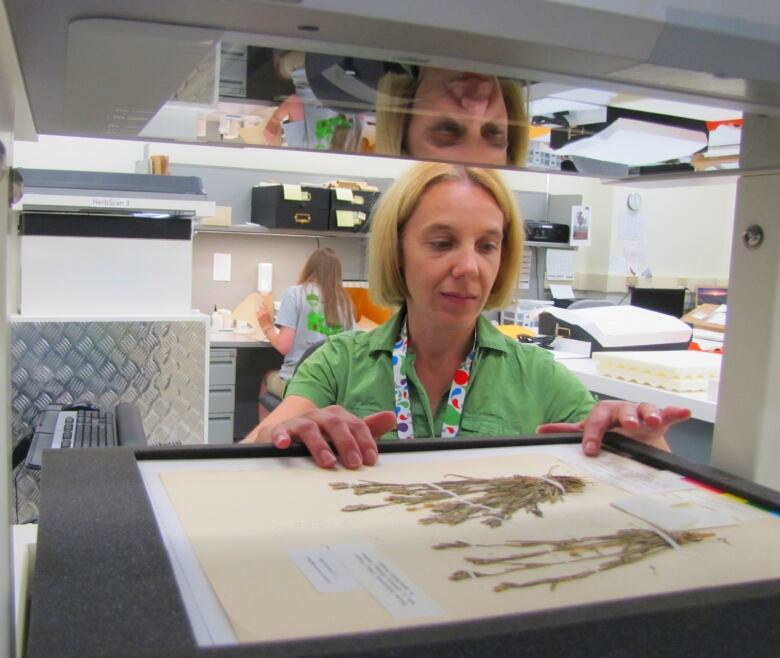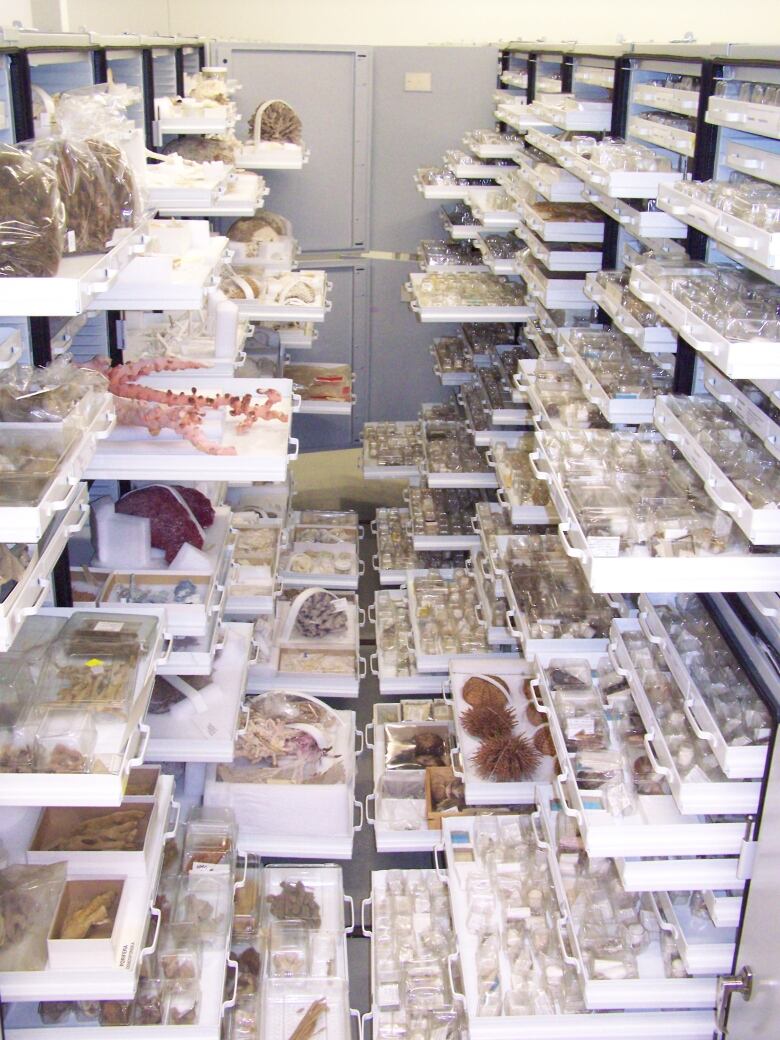Canadian Nature Museum digitizing 3 million specimens
Museum is part of an international movement to put archives online for researchers
The Canadian Museum of Nature is part of an international movement of natural history museums that are digitizing theirarchived collections of plants and animals.
The Ottawa museum has a collection of three million specimens and, so far, a million have been entered into an online database for the benefit of researchers and the general public.

"This is a time in our history where information is hugely useful enmassein a digital way," he adds.
Along with its name, each specimen no matter how large or small has a tag attached to it with two pieces of information: where it was found and when it was found. The naturemuseum is entering each of these data points and creating a web portal that will go live this year.
Jennifer Doubt runs the museum'sherbarium, whichhouses the best collection of Arctic plants in Canada, includingspecimens that were collected in thelate1700s. The collectionalso has plants that were collected by Sir John Franklin on one of his earlier Arctic expeditions before the doomed mission in 1845.
Because the plants are flattened when they are preserved, they can be digitally scanned.
"This is a national resource and anybody who is interested in looking at plants from the Arctic or anywhere in Canada can browse through our cabinets," she said.
Web portal on the way

"Collections online mean that our door is open anytime. As soon as we start serving that information it just makes everything easier for our clients."
Among those to benefit is HeatherKharouba, whose doctoral thesis at the University of British Columbia was on butterflies. She used the digitized records to determine how the insects' life cycles have been affected by climate change.
"We can detect this all across Canada, and for all these species, I couldn't have done it without these digitized records," saidKharouba, who is now a post-doctoral fellow at the University of California, Davis.
"Digitization is important, because otherwise we wouldn't have the resources to deal with these records, because there are just so many of them," she told the CBC.













_(720p).jpg)


 OFFICIAL HD MUSIC VIDEO.jpg)
.jpg)



























































































